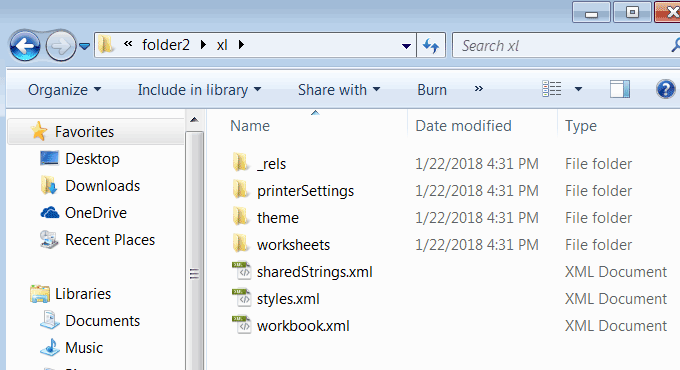5 Proven Ways to Unprotect Excel Sheets Instantly

In today's data-driven world, protecting sensitive information in Excel spreadsheets is a common practice. However, there are times when you need to bypass or remove this protection, either because you've forgotten the password or you've inherited a file without the key to unlock it. This post will guide you through five proven methods to unprotect Excel sheets instantly, ensuring you can access and manipulate your data effectively.
Method 1: Using VBA Code

Visual Basic for Applications (VBA) can be a powerful tool for altering Excel settings and unprotecting sheets. Here's how you can use it:
- Open Excel Workbook: Load the Excel file you want to unprotect.
- Open VBA Editor: Press Alt + F11 to open the VBA editor.
- Insert New Module: Right-click any VBA project in the left panel, choose 'Insert' then 'Module'.
- Copy and Paste Code: Use the following VBA code to remove sheet protection:
Sub UnprotectSheet()
Dim sheet As Worksheet
For Each sheet In ActiveWorkbook.Sheets
sheet.Unprotect Password:="yourpassword"
Next sheet
End Sub
🔒 Note: Replace "yourpassword" with the actual password if known, or leave it blank if the password is unknown.
Method 2: Password Cracking Tools

If you don't know the password or VBA doesn't work, using specialized tools might be your next step:
- Download a Password Recovery Tool: Tools like iSunshare Excel Password Recovery Wizard, Excel Password Recovery, or PassFab for Excel can help recover or remove Excel sheet passwords.
- Install and Launch: Follow the tool's instructions to install and launch it.
- Load Your Excel File: Upload your protected Excel file into the tool.
- Start Recovery: Initiate the password cracking process. The time taken depends on the password complexity.
Method 3: Using Google Sheets

Google Sheets can provide a workaround for Excel sheet protection:
- Upload to Google Drive: Import your protected Excel file into Google Drive.
- Open with Google Sheets: Double-click to open the file in Google Sheets, where it will open without password protection.
- Download Back to Excel: Make your changes and download it back to your computer as an Excel file.
Method 4: Online Unprotection Services

There are online services that claim to unprotect Excel sheets:
- Search for Services: Look for reputable online services like Password-Online or LostMyPass.
- Upload Excel Sheet: Upload your protected Excel sheet to their service.
- Download Unprotected Sheet: After processing, download the unprotected file.
🔒 Note: Be cautious when uploading sensitive data to online services. Consider the privacy implications.
Method 5: Rebuild the Excel Sheet

If none of the above methods work, consider rebuilding your sheet:
- Copy Visible Data: If cells are not locked, copy all visible data into a new sheet.
- Recreate Formulas: Manually or use Excel's 'Paste Formulas' feature to recreate complex formulas.
- Reapply Formatting: If necessary, reapply any formatting or conditional formatting.
- Save New File: Once you've reconstructed your data, save the new file.
In conclusion, unprotecting an Excel sheet can be achieved through various methods, each suited to different scenarios. From VBA to using specialized tools, online services, or rebuilding the sheet entirely, you now have several tools in your arsenal to work with protected spreadsheets. Remember, while these methods are invaluable for accessing data, they also underscore the importance of ethical considerations in data security and access.
Is it legal to unprotect Excel sheets?

+
It depends on the circumstances. If you own the file or have permission to alter it, unprotecting it is legal. Unauthorized access to data can be considered illegal and unethical.
Will unprotecting an Excel sheet affect data integrity?

+
Using the methods described, data integrity is generally preserved. However, always backup your file before attempting any unprotection method to safeguard your data.
How can I prevent others from unprotecting my Excel sheets?

+
Use a strong, unique password, limit access to the file, and consider using file-level protection in addition to sheet protection to enhance security.



